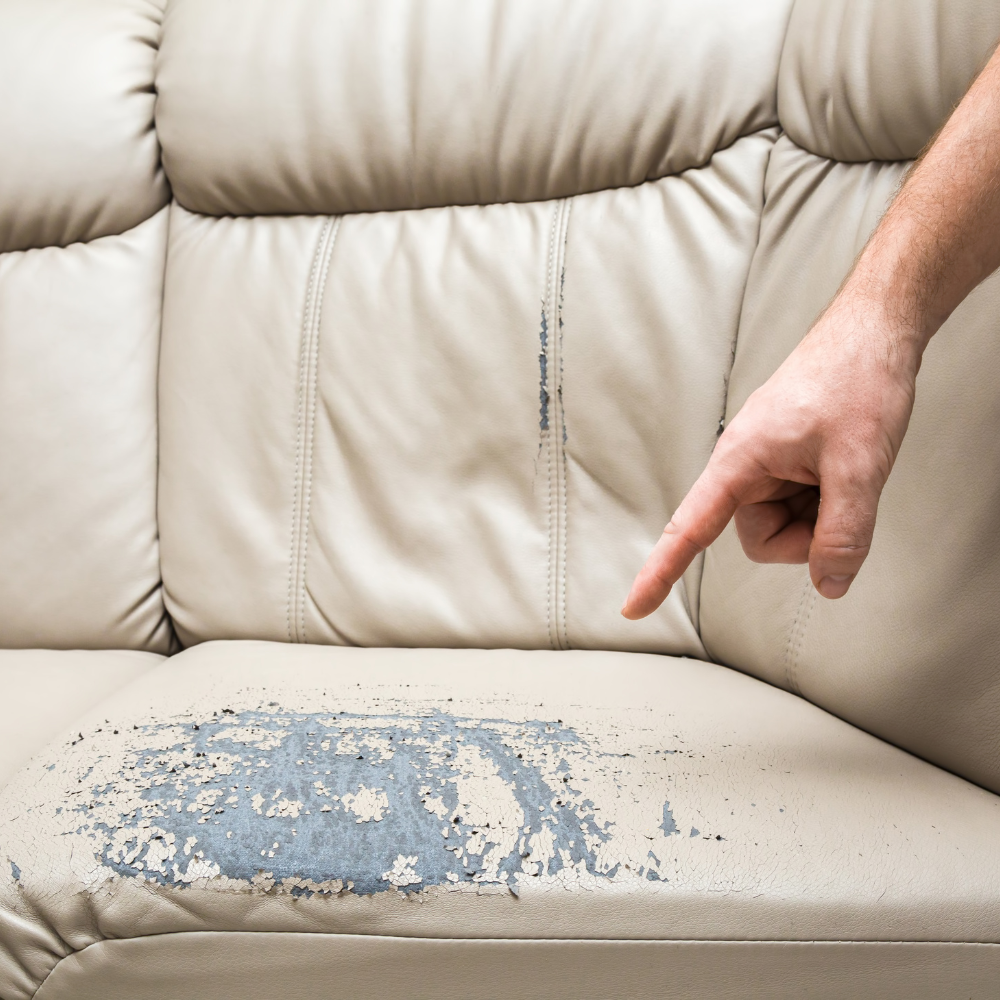How to repair your leather upholstry
Leather is a versatile and durable material that can be found in many products, from furniture and clothing to shoes and accessories. However, even with regular use, leather can get damaged or worn over time, requiring repair or restoration. In this guide, we’ll cover everything you need to know about leather repair, including common damages, tips for care and maintenance, and DIY repair techniques.
Understanding Leather
Before we dive into repairing and maintaining leather goods, it’s important to understand the different types of leather and how they are made. Full-grain leather, top-grain leather, and bonded leather are just a few examples of leather types with different characteristics, such as durability and texture. Knowing the type of leather you’re dealing with can help you determine the best care and repair methods.
Common Leather Damages and How to Fix Them
Leather can suffer from various damages, such as scratches, stains, and fading. Here are some common damages and how to fix them:
- Scratches: Light scratches can be buffed out with a soft cloth and leather conditioner, while deeper scratches may require a leather filler or professional repair.
- Stains: Blot the stain immediately with a clean, damp cloth and avoid using harsh cleaning agents. If the stain persists, try a leather cleaner or seek professional help.
- Fading: Apply a leather dye or polish to restore the colour and shine of the leather.
- Cracks: Apply a leather conditioner to moisturize the leather and prevent further cracking. For deeper cracks, use a leather filler and follow the manufacturer's instructions.
- Tears: For small tears, use a leather glue or adhesive to seal the area. For larger tears, use a leather patch and follow the instructions carefully.
- Scuffs: Lightly sand the scuff with a fine-grit sandpaper and apply a leather conditioner. For deeper scuffs, use a leather filler and follow the instructions.
Tips for Leather Care and Maintenance
Proper care and maintenance can prolong the life of your leather goods and prevent damage. Here are some tips to keep in mind:
- Clean your leather goods regularly with a soft cloth and leather cleaner.
- Apply a leather conditioner to moisturize the leather and prevent drying out or cracking.
- Store leather goods in a cool, dry place away from direct sunlight and moisture.
- Avoid using harsh cleaning agents, as they can damage the leather.
- Use a leather protectant spray to prevent stains and damage from water.
DIY Leather Repair: Step-by-Step Guide
If you have minor leather damages, you may be able to fix them yourself. Here are some steps to follow:
- Clean the area with a soft cloth and leather cleaner.
- Sand any rough areas with a fine-grit sandpaper.
- Apply a leather filler or glue to the damaged area.
- Smooth out the filler or glue and let it dry according to the manufacturer's instructions.
- Apply a leather conditioner to moisturize the repaired area.
Leather Repair Kits: What to Look For
If you're considering a leather repair kit, here are some factors to consider:
- Type of leather: Make sure the kit is suitable for the type of leather you're repairing.
- Contents: Check what is included in the kit, such as filler, glue, or dye.
- Quality: Look for a high-quality kit that will provide a long-lasting repair.
- Instructions: Ensure the kit includes clear and easy-to-follow instructions.
When to Consult a Professional
While DIY repair can be cost-effective, more significant damages or valuable items may require professional repair. Consider seeking professional help if:
- The damage is extensive or deep.
- The leather is high-quality or valuable.
- You're unsure of how to proceed with the repair.
- You don't have the necessary tools or equipment.
Leather goods are an investment that can last a lifetime with proper care and maintenance. By understanding the different types of leather, common damages, and repair techniques, you can keep your leather goods looking their best. Whether you choose to DIY or seek professional help, remember to follow the best practices for leather care and maintenance to prevent future damage.
Author: Page F.

